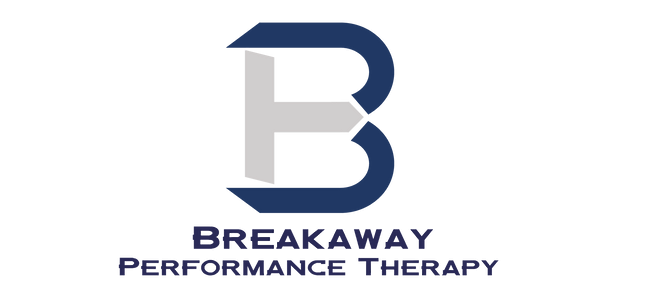Disc Herniation
Each vertebra is separated by a vertebral disc which acts as a cushion between each segment and when the disc structure is compromised it can put pressure on the nerves that exit the spinal cord. Disc herniation can cause pain, weakness or paresthesia that travels down the buttock or leg, often in a specific pattern to each segment and usually one-sided symptoms. Common causes of disc herniation are repetitive movements, poor lifting technique, abdominal weakness, poor abdominal bracing and poor postural awareness. Disc herniations can also result from traumatic events such as car accidents or falls, especially where forward flexion is exaggerated and unexpected. Treatment includes correcting spinal mechanics, manual therapy, soft tissue mobilization, functional movement training, core strengthening, abdominal bracing techniques and proper lifting techniques.
A common misconception with disc herniation is that because a herniation is present on an MRI, it must be the reason for back pain. The presence of a herniation alone does not necessarily mean that the symptoms are a result of herniation. It is possible to have a herniation that does not put pressure on any of the nerve roots and is completely asymptomatic.
Degenerative Disc Disease (DDD)
DDD is caused by the deterioration of the intervertebral discs overtime which causes the space between each vertebra to become smaller and the spine becomes less stable. Stenosis is the narrowing of the vertebral foramen which encase the nerve roots causing pressure on nerves. Both conditions are more common with aging and are degenerative in nature. Stenosis can cause pain down the leg and is often associated with symptoms caused by specific movements. Both conditions can be treated with core strengthening exercises to promote spinal stability, positioning to promote foraminal opening, manual therapy and soft tissue mobilization to ease pain caused by tense muscles.
Lumbar Sprain/Strain
Sprains and strains are often a result of lifting a heavy object improperly, poor movement patterns or traumatic events such as an accident where rapid spinal movement occurs causing muscles to be overstressed. It is important to remain active during the recovery process in order to keep joints lubricated and keep muscles from tightening up and causing more pain. Treatment includes fixing poor movement patterns, manual therapy, soft tissue mobilization and core strengthening.
SI Joint Dysfunction
The SI joint connects the hip bones and lumbar spine. Pain from the SI joint can be mistaken as pain caused by the sciatic nerve. Little motion occurs at the SI joint, but instability can cause it to rotate forward or backwards leading to discomfort that may radiate down the leg, but not below the knee. Common cause is a blunt force through one leg such as stepping hard off a curb and “jamming” your leg or jumping and landing on one leg. Pain may be felt with weight bearing through the effected leg, often one sided and usually a sharp pain. Treatment includes muscle energy technique to reestablish proper alignment, stretching, manual therapy to relax tense muscles, core strengthening and is often a relatively quick fix. SI joint disfunction as a result of degeneration or joint laxity presents similarly but will require a lengthier rehab process.

